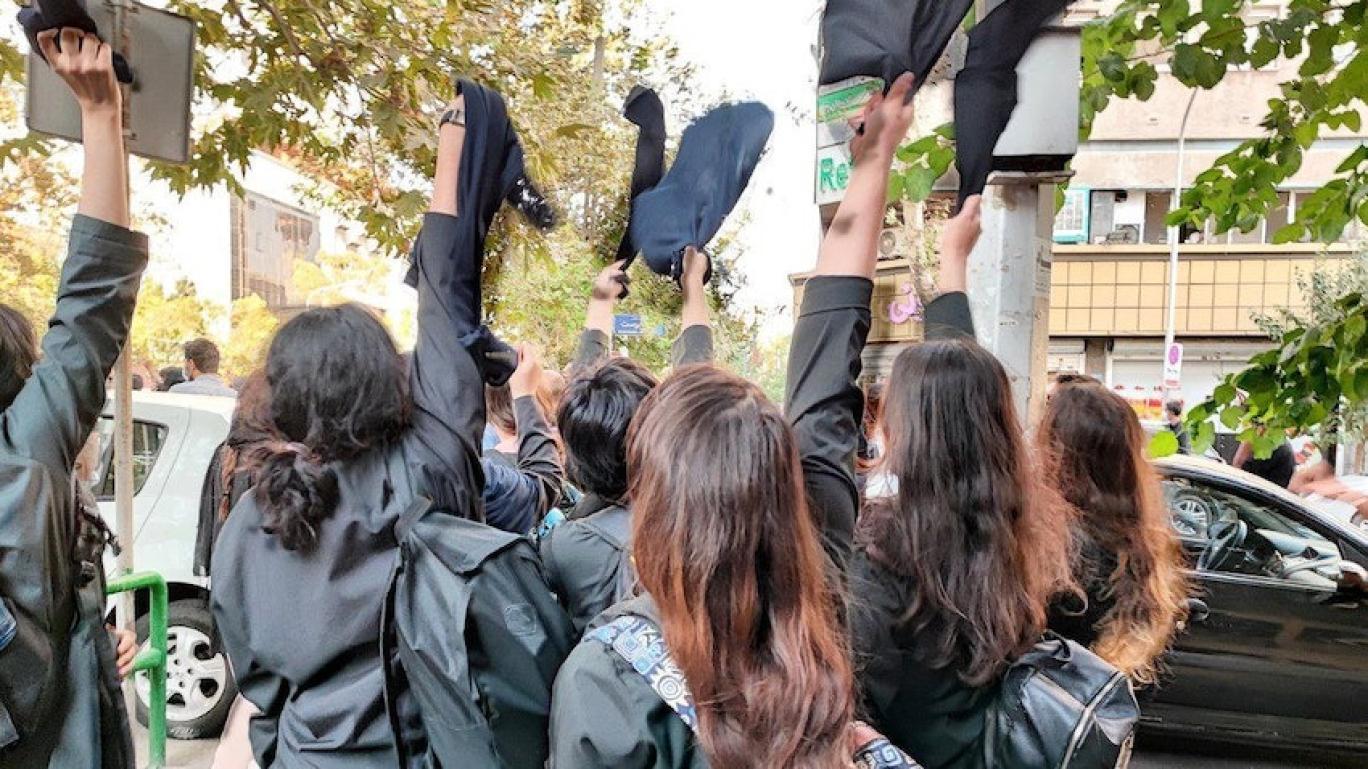Shilling, The Body and Social Theory (Sage, 2012).
Shilling, The Body and Social Theory, 6.
Shilling, The Body and Social Theory, 27.
Trans. note: A manteau is a mandatory garment for women resembling a coat or poncho. A chador is a kind of cloak or robe covering a woman from head to toe.
For example, female employees in government offices must wear long gowns, cover their hair with a specific type of headdress called a maghna’e, and sometimes even wear gloves to cover their wrists. However, the same individuals can go about their day-to-day outings, like shopping, with fewer restrictions, in relatively short coats and shawls. Also, in recent years women in the city have sometimes worn their shawls and scarves not over their hair but around their necks, in contrast to the mandatory hijab in universities and schools.
Trans. note: The implication here is that the woman does not have large enough breasts, which is seen as an important marker of a female body.
This is a verse from the poem “Aye-haye Zamini” (Earthly verses) by pioneering poet and filmmaker Forough Farrokhzad. It is found in her 1964 collection Tavallodi Digar (Another birth).
Translated from the Farsi by Golchehr Hamidi-Manesh. Translation edited by Soori Parsa.
